| In a Nutshell: |
|---|
| The squash vine borer is a moth larva that bores into a squash plant stem and feeds. |
| Plants affected are cucurbits – squash, pumpkins, zucchini, gourds. |
| This insect shows up on cucurbits when the summer heat ramps up. |
| These can kill off nearly all zucchini or squash in a garden. |
| Early vigilance and action can curb losses. |
Squash vine borers (Melittia cucurbitae) are evil. These larvae can make a thriving patch of zucchini go limp and die in a matter of weeks. They’re hard to control, and it can be work to undo the damage they’ve done. Here’s a fact sheet about this clearwing moth that wreaks so much havoc in its larval form.
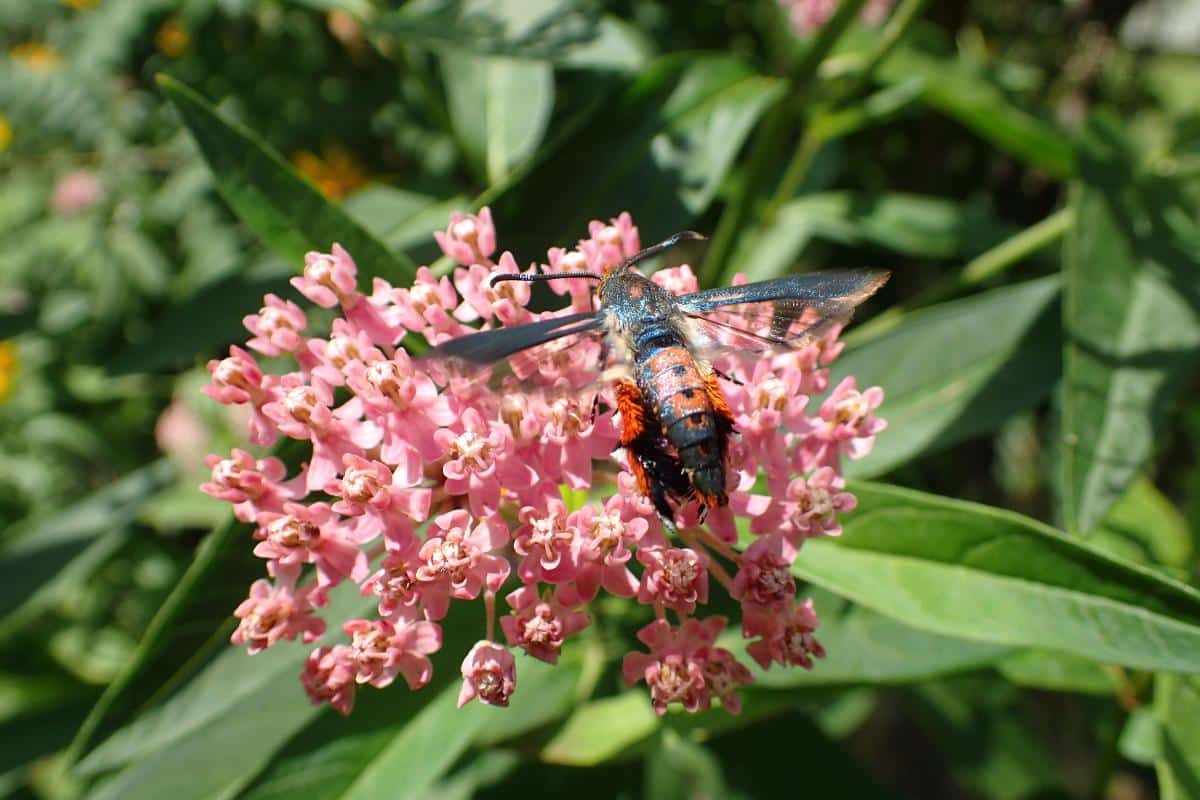
Jump to:
The Symptoms
The first symptom be small moths with clear wings sipping nectar from nearby plants. Small rafts of insect eggs might appear on your squash or pumpkin vines. These eggs, reddish-brown and flat, are the size of a pencil point.
When a healthy squash or a zucchini vine suddenly wilts despite being watered or its leaves turn yellow, look at the neck of the plant where the stem meets the roots. Is there a small hole in the stem with a little bit of frass around it? (Frass looks like sawdust.)
Cut open the stem. There is likely a small grub inside that has hollowed out the stem. There’s your culprit: a squash vine borer.
The Culprit
A squash vine borer larva. While there’s generally only one in the vine, sometimes there are two or three.
- The squash vine borer moth looks like a relative of the soldier beetle but is actually a type of clearwing moth named for its transparent underwings.
- About June, when the weather heats up, it starts laying single red-brown eggs at the base of the stems.
- In a week or two, they hatch. The baby larvae bore into the stem, leaving a small hole.
- The squash vine borer larva is a fat white caterpillar with a brown head, easily mistaken for a beetle grub or a fly maggot. It eats the soft pith of the vine, where water travels from the roots to the leaves. Once it’s destroyed the pith, water can’t travel to the rest of the plant, and it wilts.
- After 4 to 6 weeks, the larva is satiated. It leaves the plant and burrows an inch or two into the ground and stays underground all winter.
- In early spring, the larvae will spin a tough brown cocoon and pupates.
- In late spring, about the time that squash seedlings start growing, the finished pupa will cut its way out of the cocoon and wriggle up through the soil to the surface. Once there, it splits off its pupa skin and creeps out as a small orange and black moth. The moth is keeping its antenna crossed that there will be a nice field of squash or pumpkins waiting for it.
Read More:
- 19 Garden Helper Insects + How to Attract Them
- How to Use a Handheld Vacuum to Control Garden Insects (Video)
Affected Garden Plants

Affected plants include most cucurbits.
- Squash
- Zucchini
- Some pumpkins
- Gourds
- Acorn squash
- Hubbard squash
Cucumbers, watermelons, cheese pumpkins, and melons are generally unaffected – but not always.
What Squash Borer Damage Looks Like
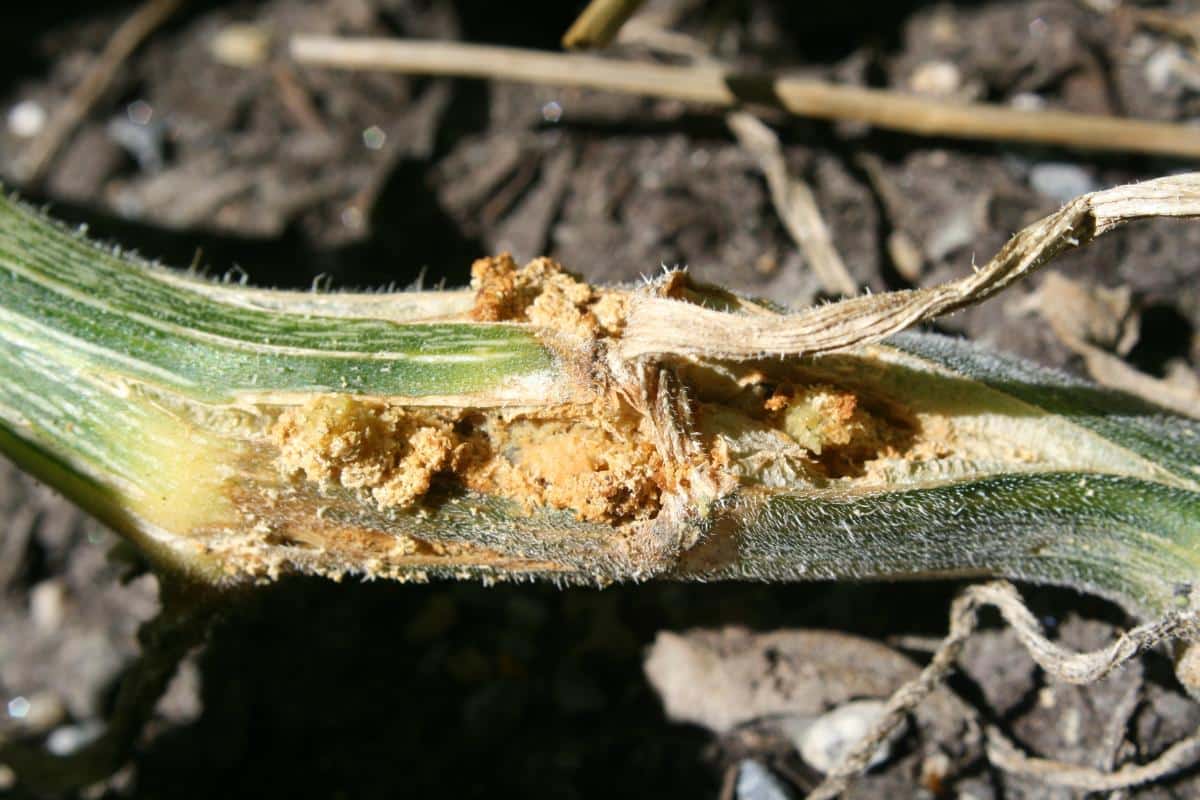
Squash borers can be difficult to deal with. Once the borer is inside the squash stem, it’s out of reach of chemical pesticides and the usual means of control.
However, using unusual means of control might do the trick. Read on.
Bacillus thuringiensis kurstaki For the Win
Here’s a new (and seemingly very helpful) control method: Inject Btk (Bacillus thuringiensis kurstaki) into the stems before the borers even get started. This strain of bacteria targets and kills caterpillars.
As soon as the first blossoms appear – before they even open – inject Btk into the main stem about an inch or more above the soil line. A second injection a few inches up the stem might not be necessary but could ease your mind if the borers have been relentless.
Repeat the injection every 10 days or so. Then, if a borer does get into your plant, it will eat the bacteria and die.
Always read and follow label instructions when mixing the Btk concentrate. Using regular strength is fine – using a heavy dilution won’t kill anything any faster, and only wastes the natural pesticide.
If the needle gets clogged during the injection, insert it perpendicular to the stem instead of at an angle.
Organic Controls for Squash Vine Borers
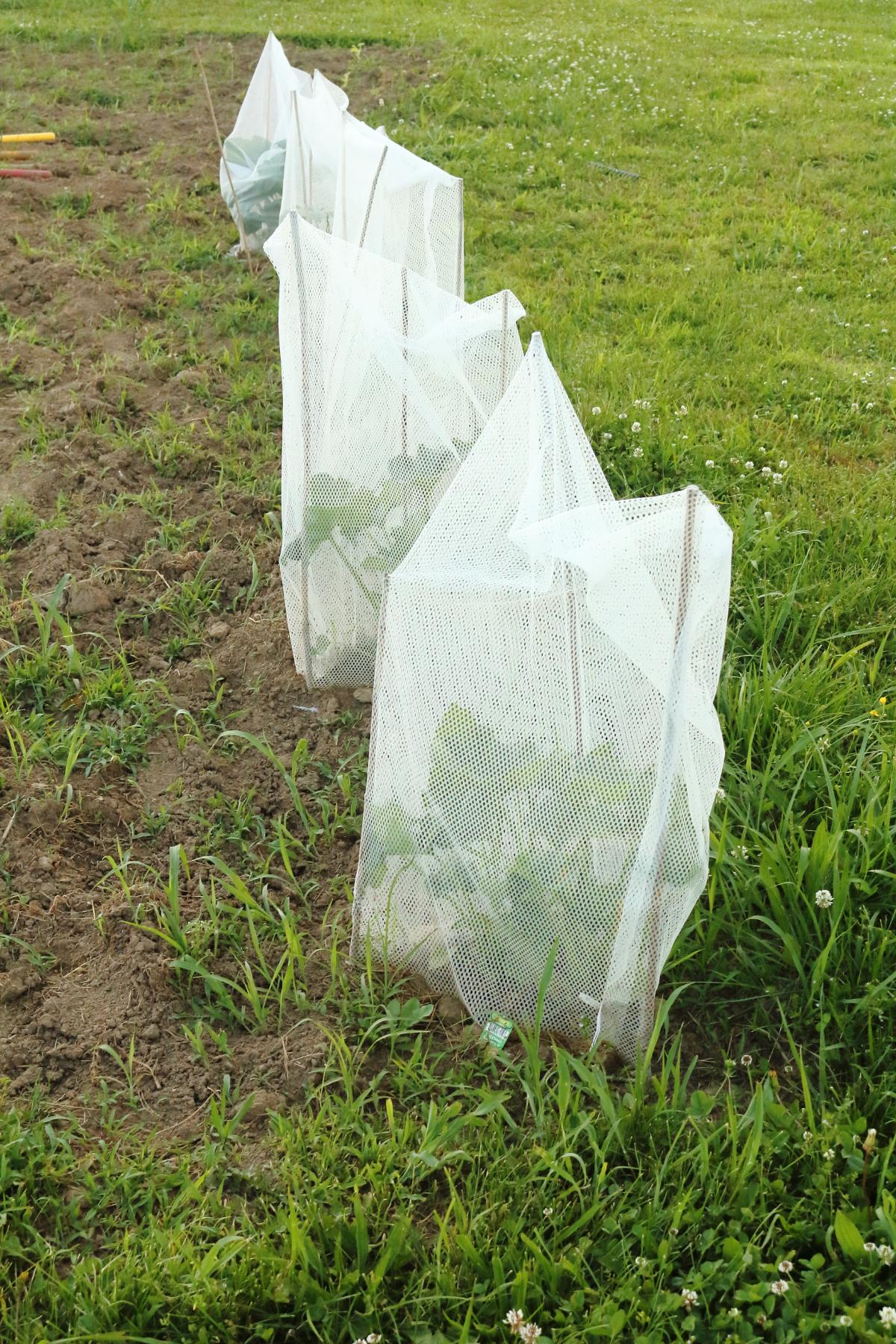
Stay observant. The moths are flashy orange and black and make a humming noise as they go by. They’ll hover over the squash vines as they select a place to lay their eggs. Trying to catch them is futile because these moths are speedy (though you can certainly spray them with an organic pesticide just to knock them down).
At any rate, as soon as you notice them, it’s time to spring into action! Use several control methods at the same time for best results.
- Moths are attracted to the color yellow, so place yellow sticky traps near the stems to catch them. Keep the traps away from flowers so you don’t trap pollinators as well.
- They can also be trapped with yellow bowls of water with a drop of dishwashing soap added to them. Bonus: Squash bugs will also fall in.
- If the moths are thick around your squashes, hang an electric insect trap over the squashes to lure borer moths to their doom.
- Watch for solitary round red eggs laid on the leaf stems. Crush them or gently scrub them off the plant with a butter knife. Destroy any rafts of small eggs as well; those are squash bug eggs, equally evil.
- Growing cucurbits on a trellis saves space in the garden; however, it opens access to all parts of the vine to the vine borer moth. Grow vines along the ground instead.
- Stagger your plantings. Plant some of your squash super-early, some a little later, and some in mid-summer. Start the late plantings under floating row covers to keep moths away. By the time the covers are removed for pollination, you should be able to get at least a month of harvest before the borers catch up to your plants.
- Cover your young squash with floating row covers as soon as you plant them, pinning them down around the edges so adult moths can’t crawl in.
- Pinch back young plants to encourage branching. The more branches you have, the better your odds of having one or more survive a borer attack.
Wrap the base of the plant with (choose one):
- Aluminum foil
- Vet tape (the stretchy tape they use to wrap up an animal’s leg)
- Nylon stocking
Start wrapping at the bottom of the plant and go up six inches or more. However, the wrapping method isn’t foolproof either. Sometimes larvae might burrow into the hollow petiole of the leaf and enter the main stem from there – where they’re virtually undetectable!
Physical Control of Squash Vine Borers
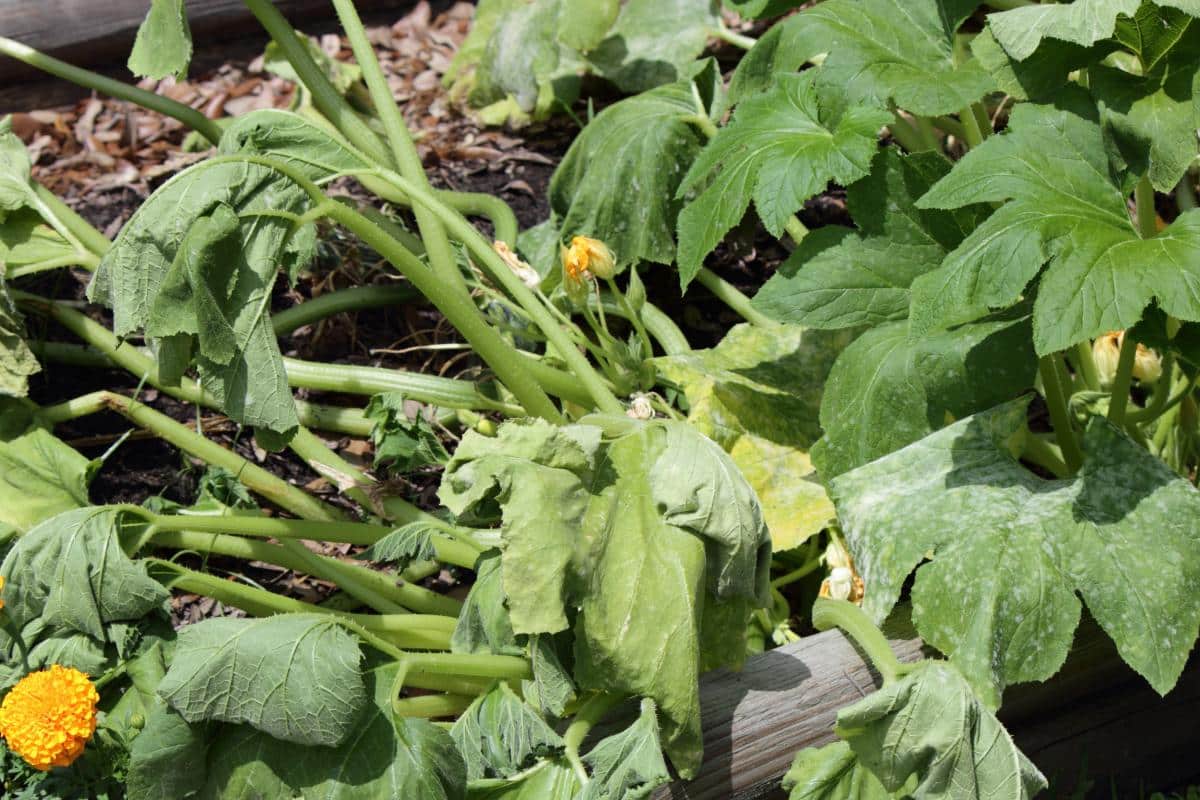
As soon as a squash vine wilts, check the stem for a small hole or frass. The larva is already inside, but you can still save the plant … here’s how.
- Put the tip of an Exacto blade in the entrance hole. Carefully cut upward until you find the borer(s). Then poke it like Caesar on the Ides of March.
- Another method is to insert a wire or a long pointy needle through the hole and probe carefully until you find the unlucky borer. Et tu, Brute? You betcha.
- If you have a syringe and needle from an animal feed store, you can inject Btk into the chamber where the larva is chomping up your squash plant and let the bacteria finish off the larva for you. This is less intrusive than the other two methods and is less likely to damage the already damaged plant. However, this might not be as effective as injecting Btk before the larvae show up.
- Once the borer has been dug out, cover this part of the vine with moist soil, and keep it watered. Add mulch to hold moisture. Squash vines will root out wherever they touch the ground, and these new roots can keep the plant growing even if the formerly-infested area rots.
- Pile soil on the squash vine every 2 feet or so to encourage more rooting, just in case borers attack other parts of the stem.
Stop Squash Borers Even When There’s No Squash
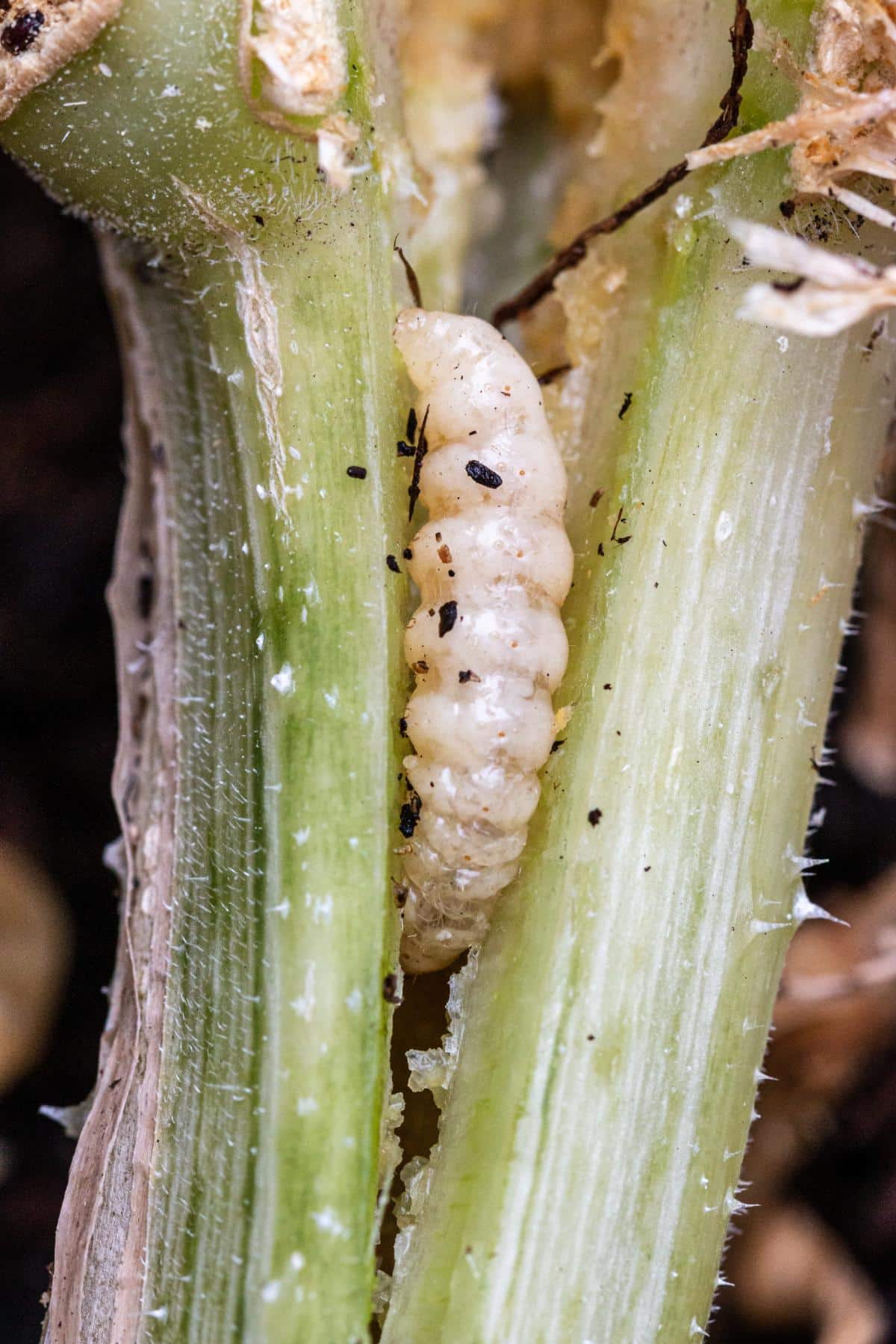
- When the vines are finished producing, immediately pull them up and burn them to kill off any larvae or eggs.
- Rototill planting sites to a depth of at least two inches to destroy overwintering larvae.
- Rotate your crops and plant squash in a different place every year. Otherwise, the larvae that pupated below last year’s crop will emerge from the soil and infect this year’s crop.
- Place layers of cardboard over the place where last year’s squash grew, then top it with a thick layer of mulch (such as wood chips) and let the ground lie fallow. This will trap the moths underground, where they’ll eventually croak. The mulch and cardboard will break down through the winter and yield great soil for next year’s garden.
- A side note regarding mulch and soil: Gardeners don’t realize what these plants can do when they’re grown in good soil that’s fed with compost and mulch. Good soil allows the plants to outgrow the pests for a while so they can give you a good harvest before they eventually succumb.
Read More:
- 12 Ways to Prevent and Treat Wireworms Organically
- How to Release Ladybugs in Your Garden for Pest Control
Conclusion
Squash vine borers can seem like an impossible pest to control in the garden. Don’t be discouraged. Mix different control methods for the best results.
By Rosefiend Cordell, horticulturist
Read more gardening advice from Rosefiend.

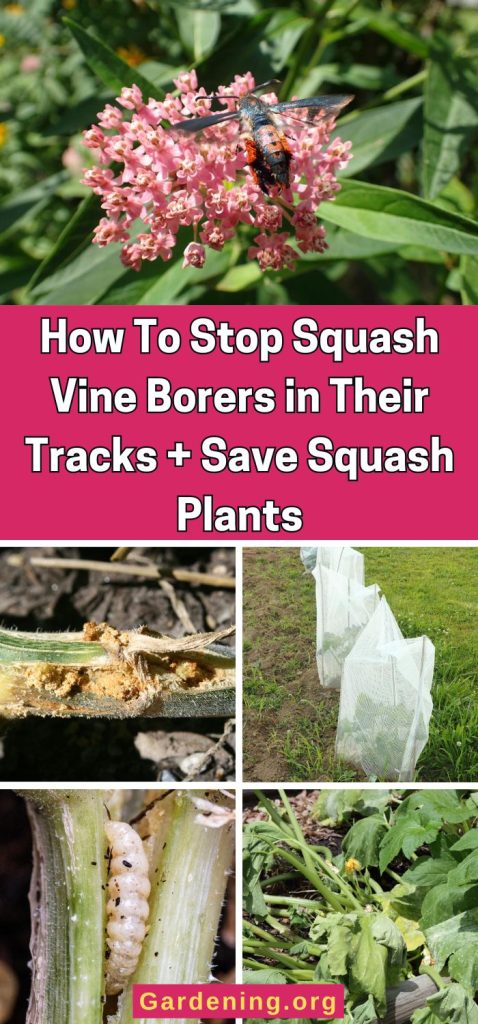
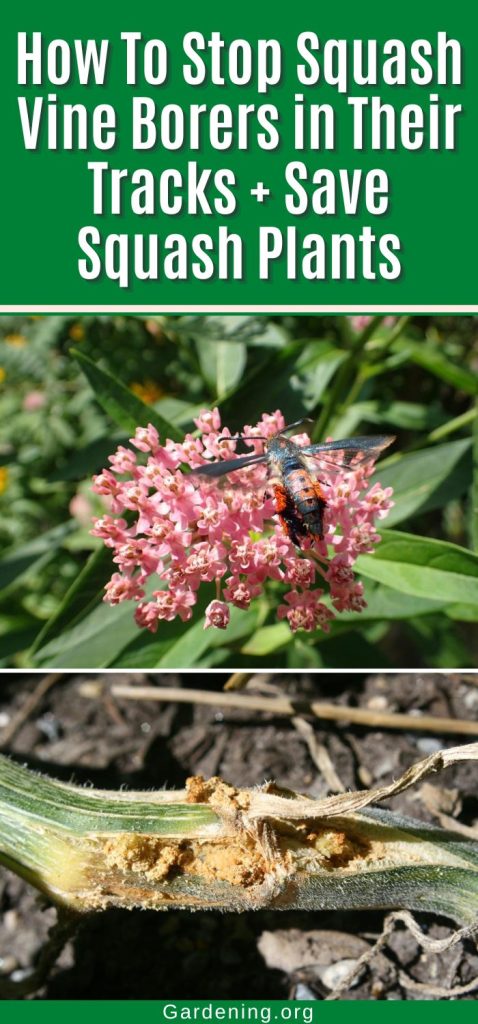
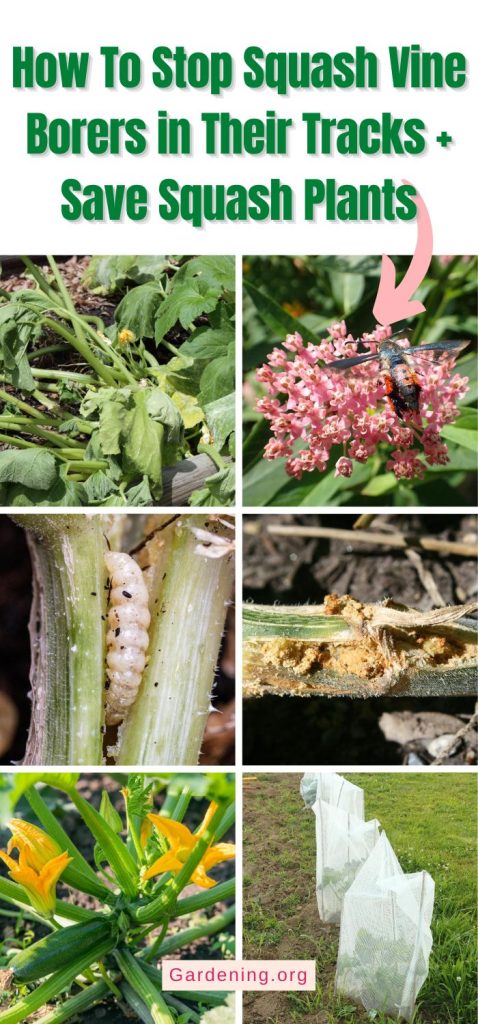




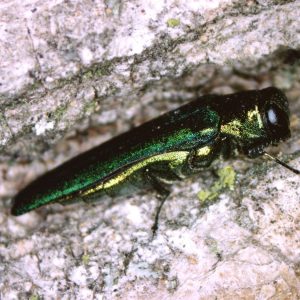
Leave a Reply